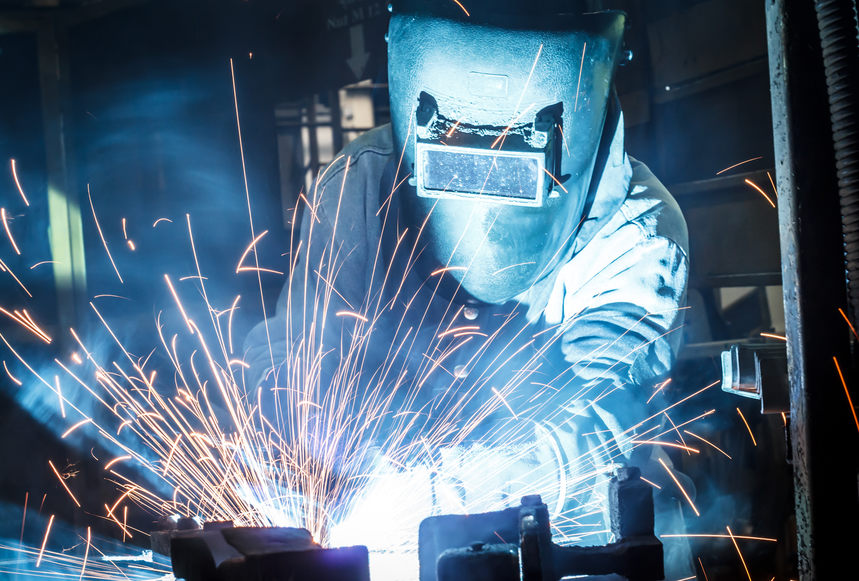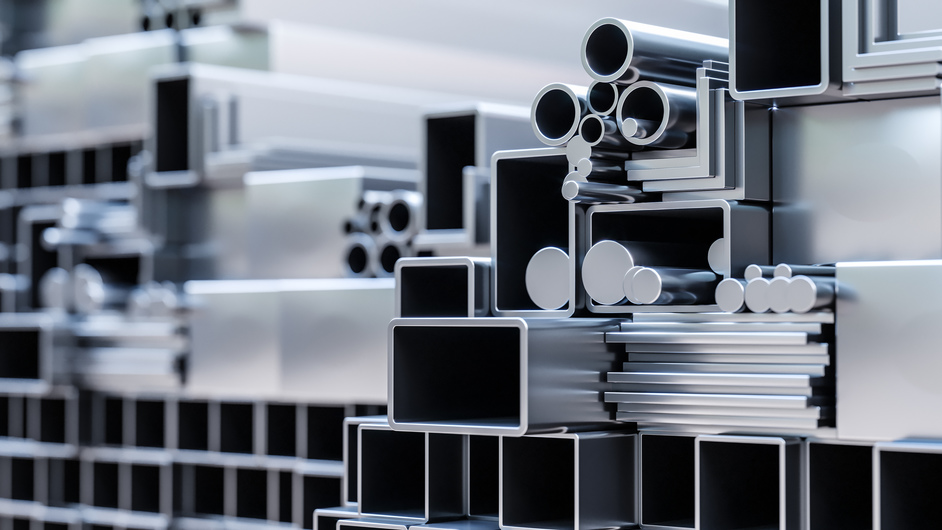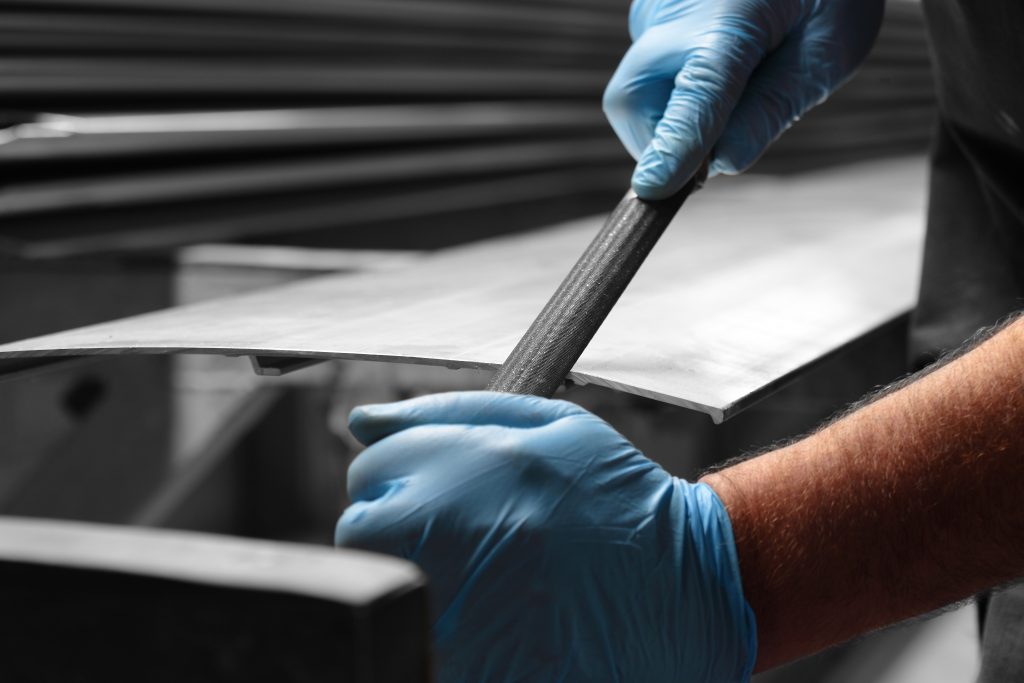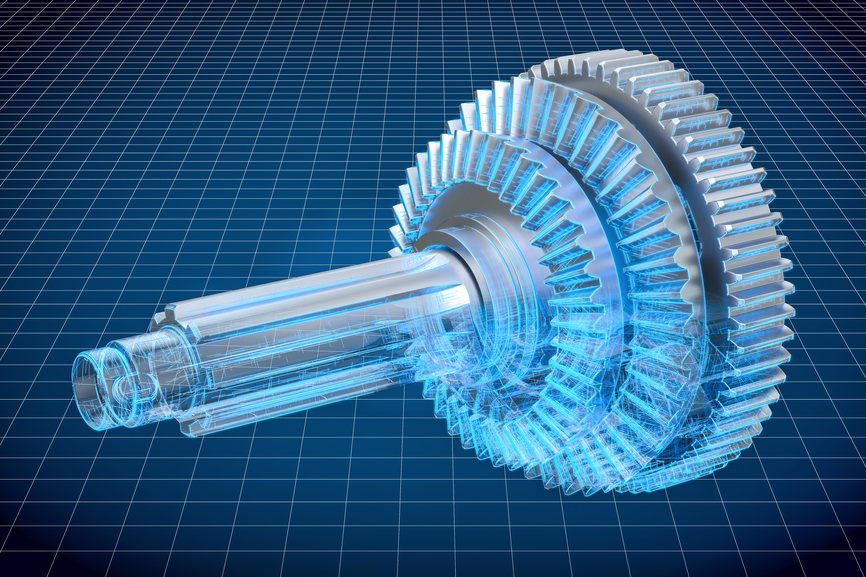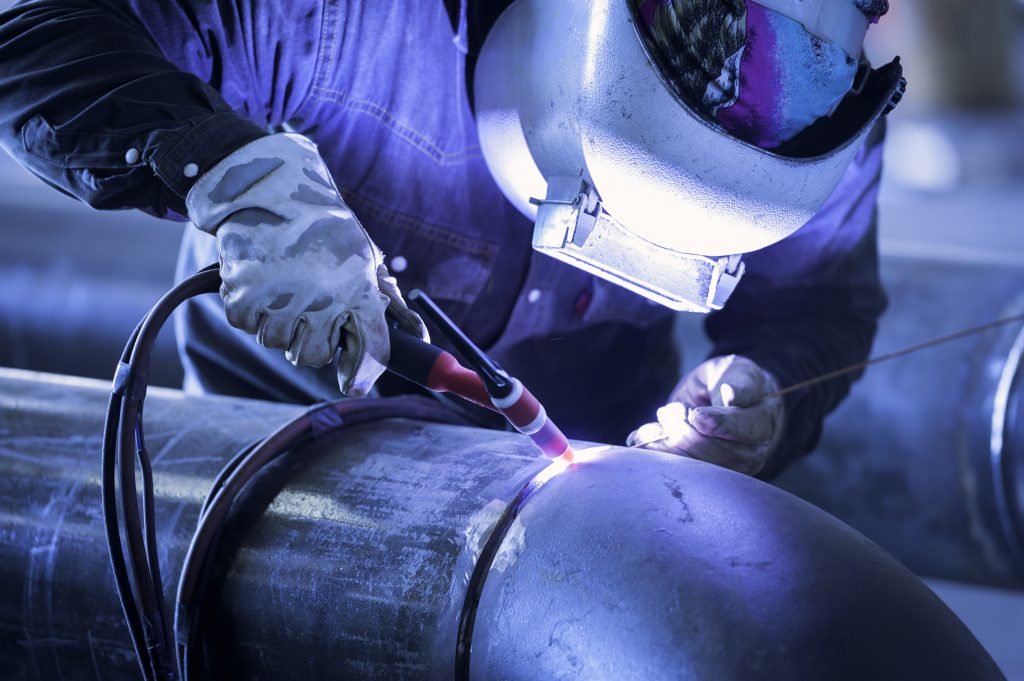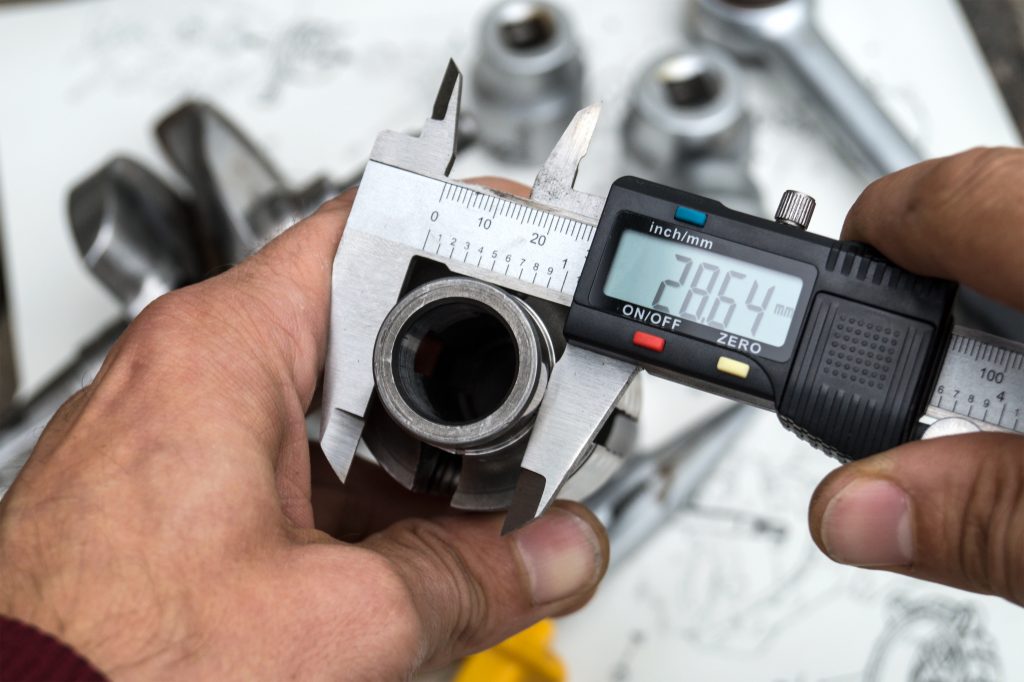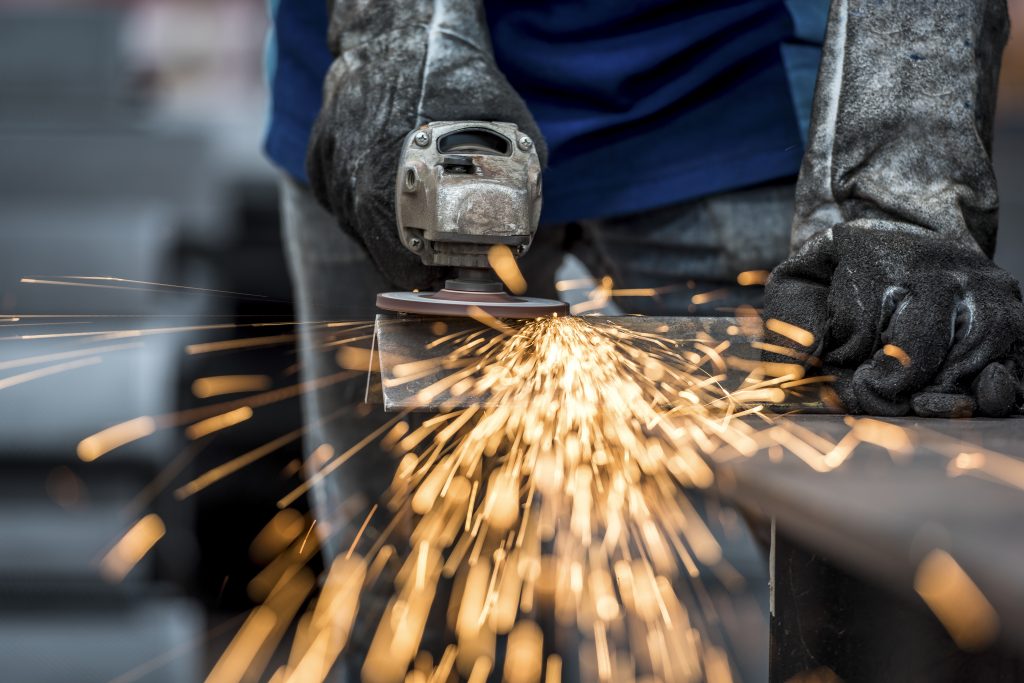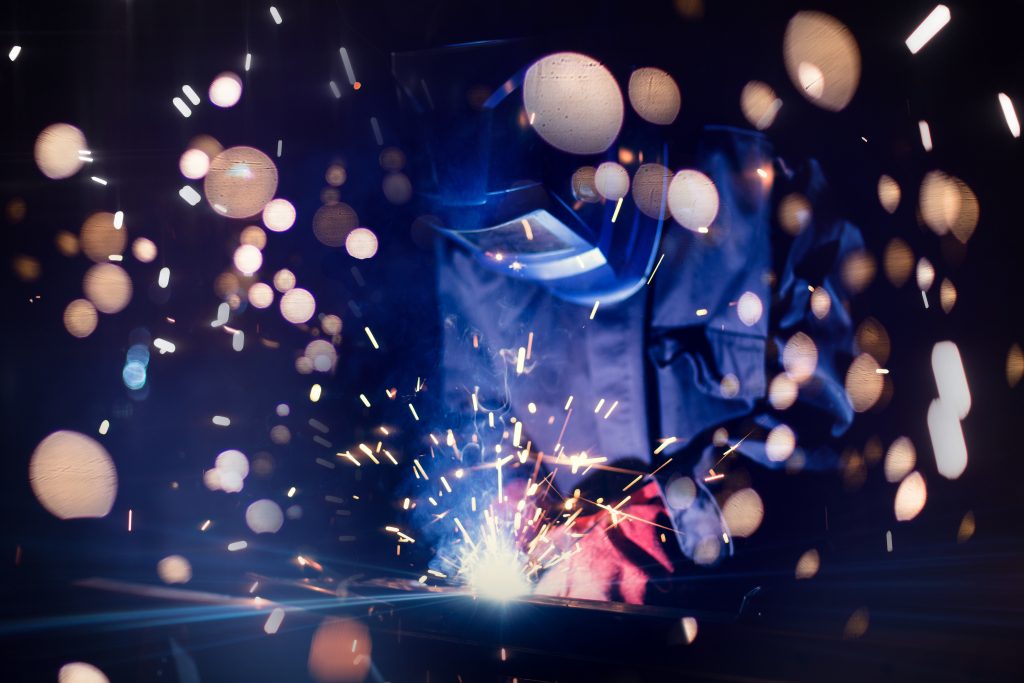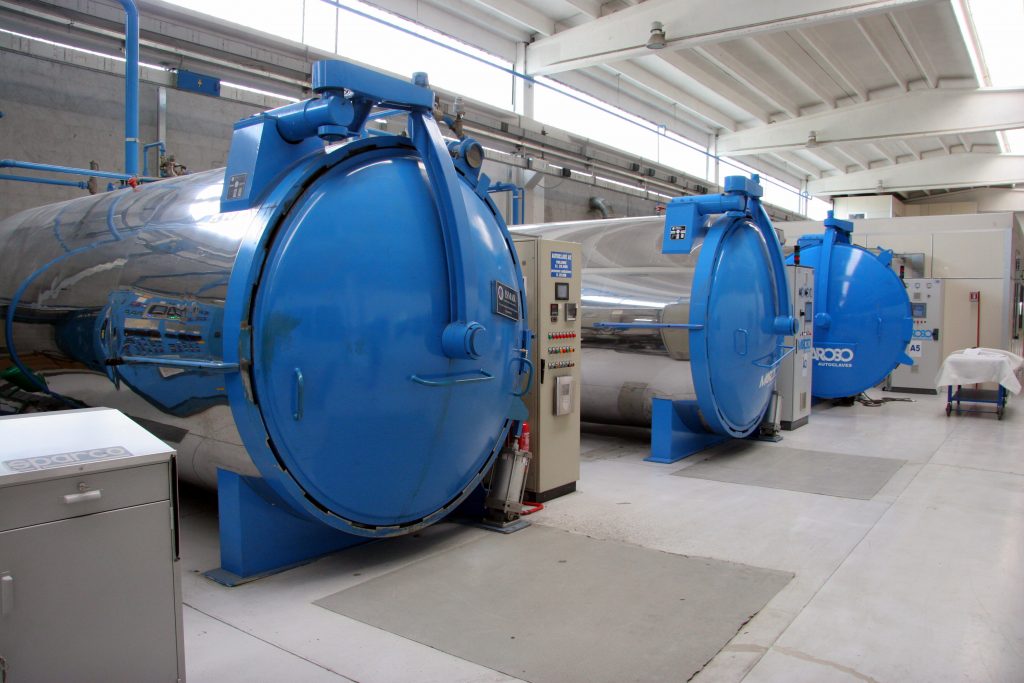When looking for a metal fabricator, it’s important that you choose the right person for the job. Many contract manufacturing companies offer metal fabrication, but few are as qualified or experienced as the Rider Tool and Manufacturing team. The more experience a metal fabricator has, the better job they will do and the more money you will save. There are many more ways a professional metal fabricator can help you save money, here are three.
1. Engineering Services
Whenever you work with a metal fabricator from a contract manufacturing company, make sure that the company does in-house design. When metal fabricators have experience in design, they can help you optimize your project design and material choices.
2. Mill-Direct Savings
Certain metal fabricators are able to save clients money because they purchase mill-direct supplies. This allows metal fabricators to negotiate better materials and better prices for their clients.
3. Fabrication Technique
The final way experienced metal fabricators can help you save money is by suggesting different fabrication techniques. As metal fabrication experts, all of our metal fabricators can analyze and critique your designs to ensure the correct metal fabrication process will be followed.
At Rider Tool and Manufacturing Co., we offer metal fabrication and machining services to a wide range of businesses. As one of the leading contract manufacturing companies in Ontario, we pride ourselves on not only the high quality but also the low cost of our services. We have spent years perfecting our custom metal fabrication process, which means we can do the job quickly and efficiently. If you have any questions about our custom metal fabrication or mechanical engineering services, don’t hesitate to give us a call.


